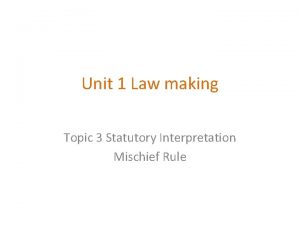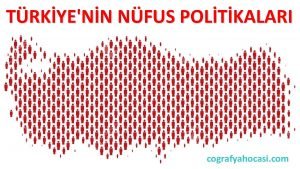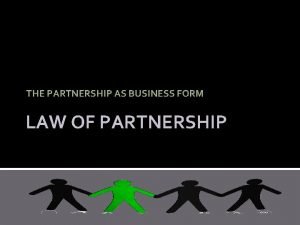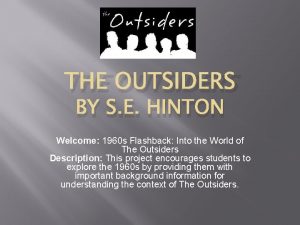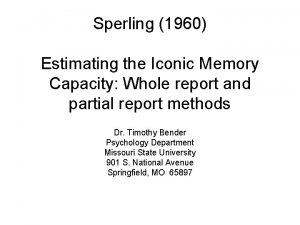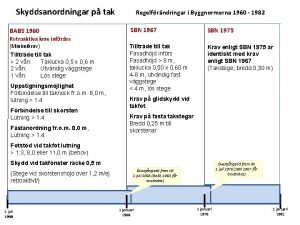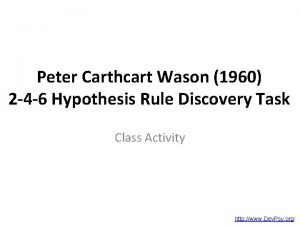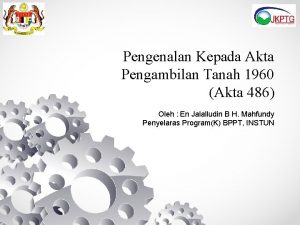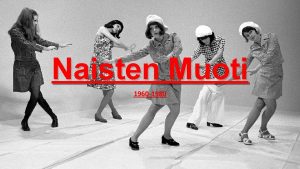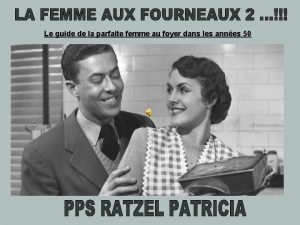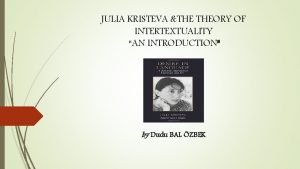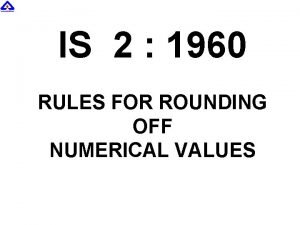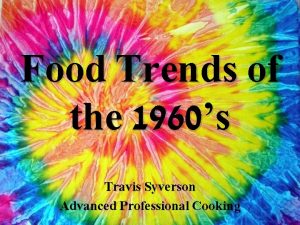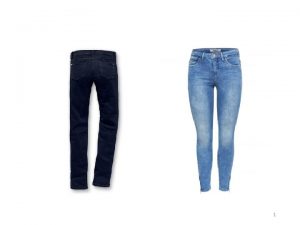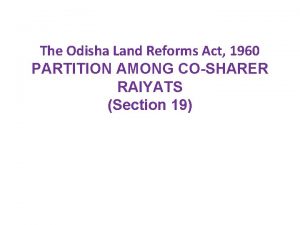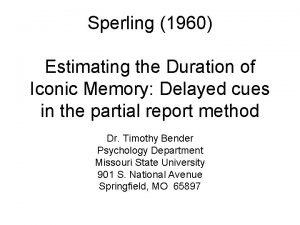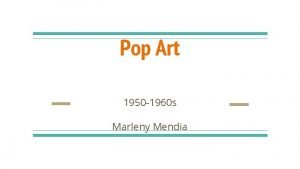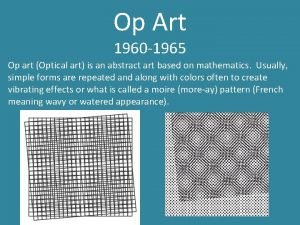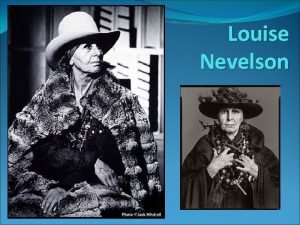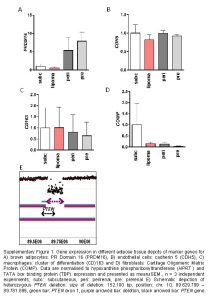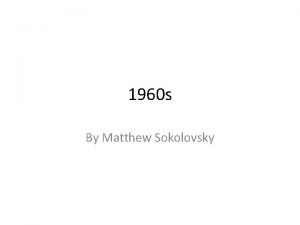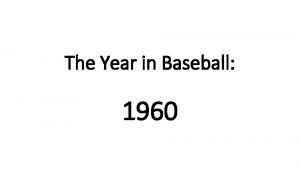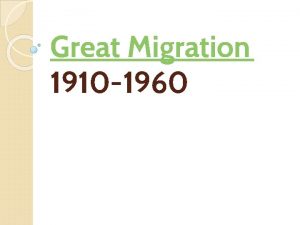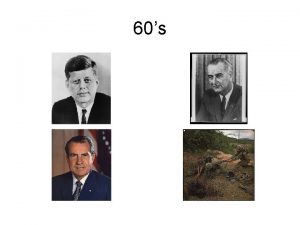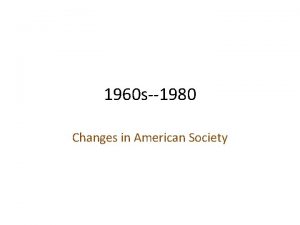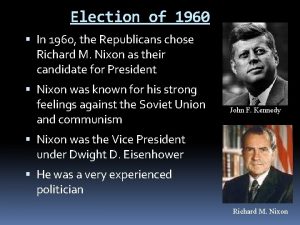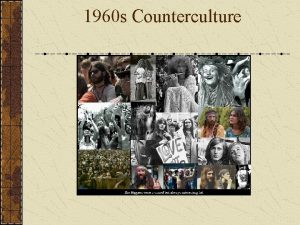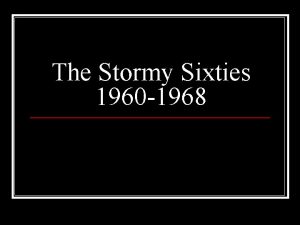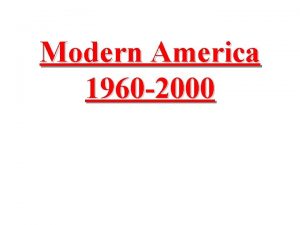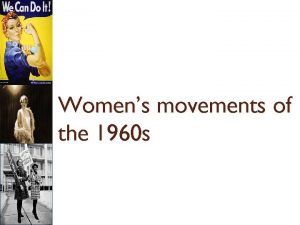RELATIONSHIPS History of relationships research Pre 1960 s































- Slides: 31

RELATIONSHIPS

History of relationships research � Pre 1960 s � Festinger, Schachter, & Bach, 1950 � 1960 s-70 s � Newcomb, 1961 � Byrne, 1961 � Walster, Aronson, Abrahams, & Rottman, 1966 � Dutton & Aron, 1974 � 1980 s � Love, Investment model � 1990 s � Evolutionary psych � 2000 s � “Real” relationships � People say that physical attraction isn’t that important, but research shows that it is

Predictors of attraction (target) � What factors affect perceptions of physical attractiveness across cultures? � Where are there cultural differences? � Who is it more important for? � Why does attractiveness matter?

Evolutionary psych Parental investment model (Trivers, 1972) � Buss (1989) 37 cultures study � �Eagly & Woods critique �Eastwick et al. critique Sexual strategies theory (Buss & Schmitt, 1993); Strategic pluralism (Gangestad & Simpson, 2000) � What factors have evolutionary theories examined? � What are some critiques of the area? �

Sex differences in mate preferences (Walter et al. , 2020) � What are typical sex differences? � What explanations have been given for these? �Evolutionary approach (Buss et al. , �Biosocial role theory (Eagly & Wood, 1999) �Pathogen prevalence (Gangestad et al. , 2006; also evolutionary, but ecological) �Any other possibilities?

Walter et al. , 2020 � What did they do differently here? � What effects would these potentially have? Critiques? � Results: Fig and Tables � Why might there be variability across cultures?

“Averaged” faces are more symmetrical and attractive � http: //www. faceresearch. org/demos/aver age

What else affects attraction? � Other target or perceiver or situation variables? � What’s the story on similarity vs. complementarity?

Speed dating � https: //www. youtube. com/watch? v=4 h. O Kty. QMZe. E

Love (80 s) Rubin’s love scale http: //psychcentral. com/lib/rubins-love-scaleand-rubins-liking-scale/000792 � Companionate vs. passionate love (Berscheid & Walster, 1978)* � Sternberg’s triangular theory (intimacy, passion, commitment)* � Love styles (Henrick & Henrick) � � eros, ludus, storge, mania, agape, pragma � � Sternberg’s love as a theory (scripts) Berscheid (2010) attachment, romantic, companionate, compassionate

Passionate vs. companionate love � Passionate: intense longing with arousal. I would feel deep despair if X left me. My thoughts are often on X. I would rather be with X than anyone else. X always seems to be on my mind. � Companionate love: intimacy and affection. I have confidence in the stability of my relationship with X. I am committed to X. I expect my love for X to last the rest of my life.

Sternberg’s triangular theory

Major theoretical approaches Social exchange theory (Blau, 1964) � Interdependence theory (Thibaut & Kelley, 1959) � Investment model (Rusbult, 1990)* � Equity theory (Walster, & Berscheid, 1978) � Attachment theory (Hazan & Shaver, 1987) � Evolutionary psychology (Buss, Kenrick) � Communal vs. exchange relationships (Clark) �

More recent theories � Motivation-management model of interdependence (Murray & Holmes, 2009) � Equilibrium model of relationship maintenance (Murray, Holmes, Griffin, & Derrick, 2015) � Attachment Security Enhancement Model (Arriaga, Kumashiro, Simpson, & Overall, 2018)

Investment Model (Rusbult) � Predicts 50 -90% of commitment in relationships of all types (dating, marriage, domestic abuse, homosexual, jobs) � Predicts willingness to accommodate � EVLN � How does it differ from equity? From social exchange?

Attachment Bowlby � Ainsworth “Strange Situation” � Secure, Avoidant, Anxious-ambivalent � Hazan & Shaver, 1987 � Avoidance vs. Ambivalence as separate dimensions (Bartholomew) � �Secure �Preoccupied �Fearful avoidant �Dismissive avoidant

Secure I find it relatively easy to get close to others an am comfortable depending on them and having them depend on me. I don’t often worry about being abandoned or about someone getting too close.

Avoidant �I am somewhat uncomfortable being close to others. I feel it difficult to trust them completely, difficult to allow myself to depend on them. I am nervous when anyone gets close and often romantic partners want me to be more intimate than I feel comfortable being.

Anxious/ambivalent �I find that others are reluctant to get as close as I would like. I often worry that my partner doesn’t really love me or won’t stay with me. I want to merge completely with another person, and this desire sometimes scares people away.

More recent measures of attachment � Adult Attachment Interview (George, Kaplan, & Main, 1985) � ECR-R (Fraley, Waller, & Brennan, 2000) � List of measures

Attachment theory (Bowlby, Hazen & Shaver, Feeney, Simpson) Views of others vs. views of self � What is the problem with looking at these categorically? � When does someone become an attachment figure? � What is main point of Attachment theory? � Is it evolutionary? �

ASEM Model (Arriaga, Kumashiro, Simpson, & Overall, 2018) � How stable is attachment, according to this theory? � When and why would it change? What is it affected by? � What are examples of situations that might trigger anxious or avoidant responses?

� How can partners respond to assuage attachment threats in the short and long term? (concrete examples) � Do similar processes operate within other types of relationships?

Commitment insurance system (Cavallo, Murray, & Holmes, 2014) � � Seek connection vs. avoid rejection When threats, can �Withdraw or �Draw partner closer If low SE, try to be more indispensable, but trust less � If high SE, trust and love more � Confidence in partner’s love leads to commitment � Doubt leads to self-protection � How does this relate to attachment theory? �

Motivation-management model of interdependence (Murray & Holmes, 2009) � Three main ways to deal with threats: �Justifying costs �Ensuring mutual dependence �Accommodating in response to hurt � Strategy depends on �Individual variables (low SE, anxious, etc. ) �Dyad variables (trust in partner) �Partner variables (trustworthiness)

Theory comparisons � ASEM and investment model � ASEM and cognitive dissonance � ASEM and evolutionary theory

SES effects on relationships (Karney, 2021) � How should we measure SES for these studies? � How do high and low SES relationships differ? (Table 1) � Why do they differ? �Psychological orientation account �Stress and resources account �Mating strategies account

Gottman research � http: //www. youtube. com/watch? v=1 o. B 6 z. Nc. LIH 0 � 4 horsemen of the apocalypse �Contempt �Stonewalling �Defensiveness �Criticism � http: //www. youtube. com/watch? v=- f. TAKt. DB 8 f. Y

How to have a good relationship

Manipulations of closeness � Aron, 1997 Melinat, Aron, Vallone, & Bator,

Next week � Evals � Helping chapter � Early and “replication” article on bystander intervention � Positive psychology—happiness and meaning
 Znacznik pre /pre jest stosowany w celu wyświetlenia
Znacznik pre /pre jest stosowany w celu wyświetlenia Pre history examples
Pre history examples Elliot v grey
Elliot v grey 1950 1960 nüfus artışının nedenleri
1950 1960 nüfus artışının nedenleri Joubert v tarry
Joubert v tarry Se hinton 1960s
Se hinton 1960s Sperling 1960
Sperling 1960 Babs 1960
Babs 1960 Pop art 1950-1960
Pop art 1950-1960 Wason 1960
Wason 1960 Apt 1960
Apt 1960 60-luvun hippityyli
60-luvun hippityyli 1968 türkiye güzeli
1968 türkiye güzeli Guide de la parfaite épouse
Guide de la parfaite épouse Proverbios 16 1-3 reina valera
Proverbios 16 1-3 reina valera Who coined the term intertextuality in the 1960‘s
Who coined the term intertextuality in the 1960‘s Is 2 1960
Is 2 1960 Fotoluminiscencia
Fotoluminiscencia 60s food trends
60s food trends Dubai before and after oil
Dubai before and after oil Ils sont trop chou
Ils sont trop chou Land art 1960
Land art 1960 Aralsjön 1960
Aralsjön 1960 60s greaser fashion
60s greaser fashion Cimbaj
Cimbaj Satan from the seventh grade
Satan from the seventh grade S.e hinton in the 1960s
S.e hinton in the 1960s Land partition rules in odisha
Land partition rules in odisha Sperling iconic memory
Sperling iconic memory 1950 pop art
1950 pop art Creating energy was at the center of optical art.
Creating energy was at the center of optical art. Louise nevelson dawn's wedding chapel iv
Louise nevelson dawn's wedding chapel iv


